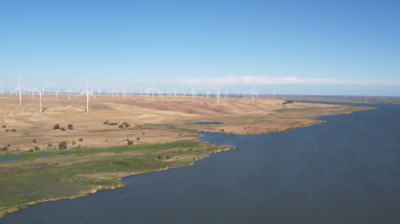Bay Area Council Hails Court Ruling in Favor of Regional Measure 3
The Bay Area Council today hailed a state Court of Appeal ruling rejecting a legal challenge to Regional Measure 3 (RM3), which voters approved in 2017 by a 55% margin and promises $5.6 billion in investments to improve and expand regional mass transit systems like BART and Caltrain, local transit providers like MUNI, VTA and AC Transit, and ferries, and make improvements to key highway interchanges and expand express lanes. The Bay Area Council was instrumental in developing the legislation authorizing RM3 and partnered with the Silicon Valley Leadership Group and SPUR to lead the successful ballot measure campaign.
“Today’s ruling is a huge victory for millions of Bay Area commuters,” said Jim Wunderman, President and CEO of the Bay Area Council. “The important investments Regional Measure 3 will make in our mass transit, highway and other transportation systems will bring benefits for many years to come. Even as COVID-19 slows demand on our transportation system in the short term, we can’t slow down our efforts over the long term to make critical improvements that were way overdue before the pandemic hit. RM3 investments will also help create many new good-paying jobs at a time when we are working to recover from one of the worst economic and employment downturns we’ve ever experienced.”
Funding for RM3 projects comes from an increase in tolls on the Bay Area’s seven state-owned bridges. The Howard Jarvis Taxpayer Association and a private citizen challenged the measure arguing it required two-thirds voter approval. The Court of Appeal rejected the argument and upheld two earlier lower court rulings.
“Getting commuters and others out of their cars and into mass transit, including BART, Caltrain, local buses and ferries, provides a direct and powerful benefit to everyone who uses the region’s seven state-owned bridges,” Wunderman said. “Regional Measure 3 draws a clear and indisputable nexus between tolls and traffic by addressing some of the most critical bottlenecks in the bridge approaches. In addition, RM3 effectively will add greater capacity to our bridges by directing 75 percent of funding to improving and expanding critical regional mass transit systems and providing other good alternatives like bicycling and walking.”





